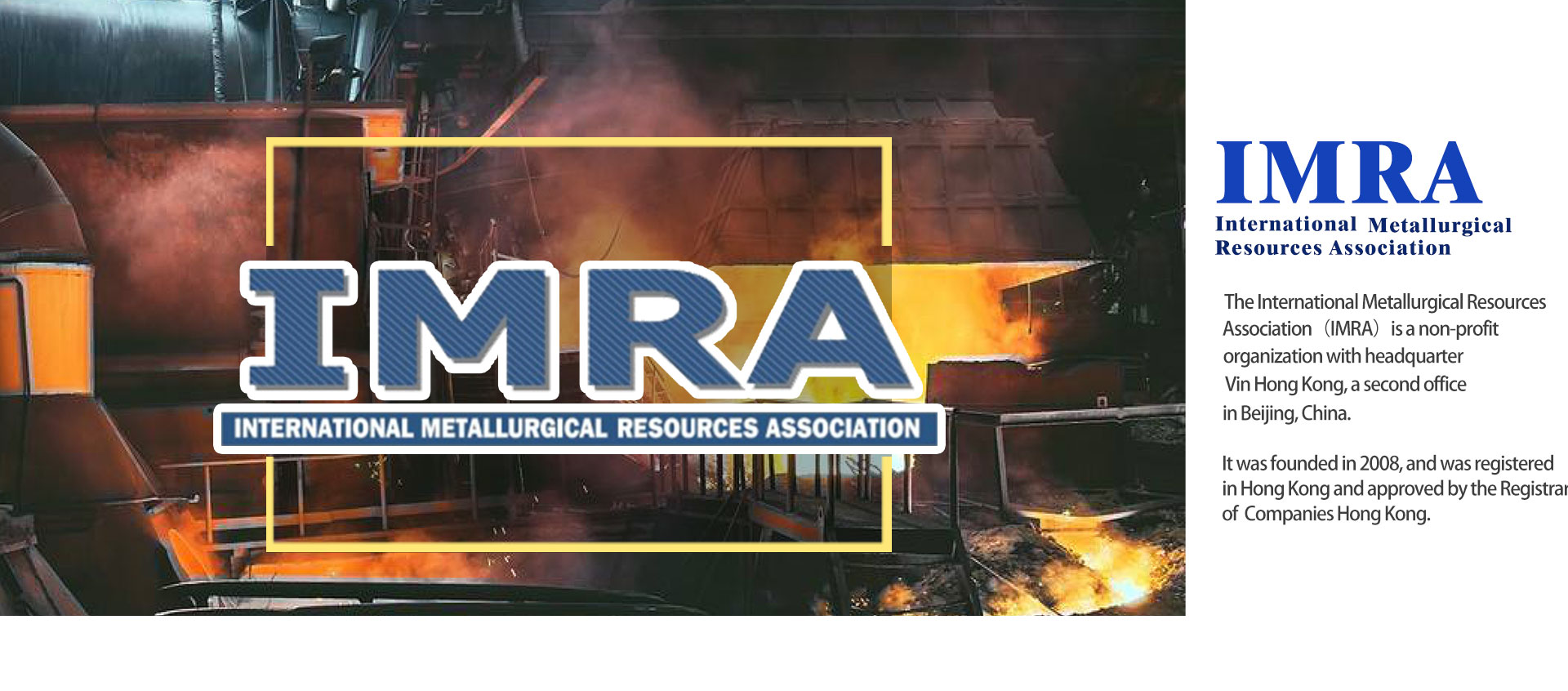China's road-building technologies get recognized in Bangladesh
DHAKA, July 10 (Xinhua) -- "We need such new technologies that meet our requirements, is low-cost, environmentally friendly, and sustainable," ABM Amin Ullah Nuri, secretary of the Ministry of Road Transport and Bridges of Bangladesh, told Xinhua recently.
The technologies Nuri referred to are adopted by Sichuan Road and Bridge (Group) Co., Ltd. (SRBG) in the design and construction of Bangladesh's first fully enclosed expressway, the Dhaka Bypass Expressway, which connects the capital Dhaka to the largest southern port of Chattogram.
For a long time, the road conditions in Bangladesh are the flexible pavement, with poor load-bearing capacity and stability. Additionally, raw materials are scarce, and road construction materials such as gravel are entirely dependent on imports, leading to high construction costs and vulnerability to international material supply fluctuations. Using arable soil to make bricks for road construction also leads to severe land degradation.
Against this backdrop, Dhaka Bypass Expressway Development Company Limited (DBEDC) initiated research to address these challenges from the start of the construction planning, aiming to reduce costs and find a sustainable solution for road construction in Bangladesh.
"After repeated experiments and demonstrations, we proposed using river sand as the main material, mixing with cement to improve road stability, while using unstable brick chips as auxiliary material. We developed two technologies: 'semi-rigid pavement' and 'reinforced retaining walls,'" said Xiao Zhiming, CEO of the DBEDC.
However, having the technology is one thing, getting it understood and approved by the contracting authority and regulatory departments is another.
"Firstly, we invited Chinese and foreign experts to explain the advantages of the proposed technical specifications to our Bangladeshi counterparts. At the same time, we invited our Bangladeshi colleagues to China to see our infrastructure construction. Finally, we conducted tests using both Chinese technology and standards and Bangladeshi technology and standards to prove the results," Xiao said.
After much effort, in February 2023, the Bangladeshi authorities finally agreed to use these Chinese technologies and standards in the project.
"Cost of road construction in our country is so high because our soil condition is not good. That is why we have to adopt new, sustainable, eco-friendly, low-cost technology," Nuri said.
"I think this project will help us take the new technology," Nuri stressed, adding that it's hoped that in the future Chinese contractors will introduce new technology being used in China.
Commenting on the semi-rigid pavement technology, Syed Moinul Hasan, chief engineer of Bangladesh's Roads and Highways Department, told Xinhua that with the help of the Chinese company and engineers, and by following Chinese standards, they can minimize the use of local bricks, which are harmful to the environment.
"In the future, we hope to apply this technology to other civil engineering projects across Bangladesh. This project is part of the Belt and Road Initiative, so I also thank them for their support and look forward to further collaboration with the Chinese government and corporations in the future," Hasan added.
"Many colleagues and engineers have actively requested to visit the project for inspection and research to understand this technology," Xiao said.
Besides receiving research teams daily, the project also held a technology promotion meeting attended by more than 100 representatives from the Ministry of Road Transport and Bridges, the Roads and Highways Department, and various construction and transportation companies in Bangladesh.
At the construction site, Bangladeshi workers operate machinery to layer cement-stabilized sand on the road surface. "Chinese engineers taught us how to pave roads step by step. I have learned a lot," Bangladeshi Tahsin Bin Halim said. "In the future, I hope to teach this technology to more local colleagues."
Currently, 65 percent of this key transportation artery, with an investment of over 2.8 billion Chinese yuan (384.8 million U.S. dollars), has completed. It is expected to be open to traffic by 2025.
Once fully completed, the original two-hour journey will be shortened to half an hour, effectively alleviating traffic pressure along the route, speeding up logistics services, and improving residents' travel


